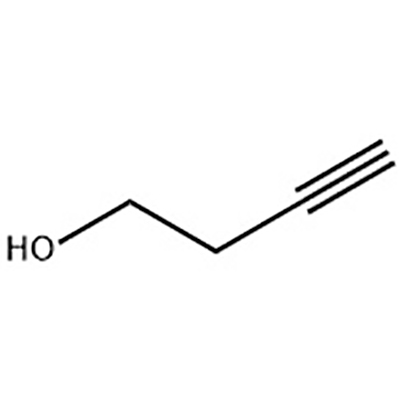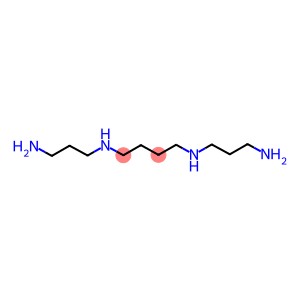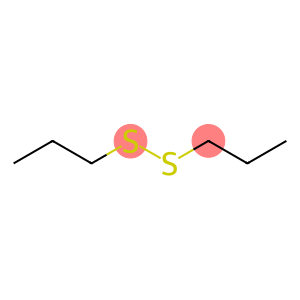Trichloroacetonitrile(CAS#545-06-2)
| Risk Codes | R23/24/25 – Toxic by inhalation, in contact with skin and if swallowed. R51/53 – Toxic to aquatic organisms, may cause long-term adverse effects in the aquatic environment. |
| Safety Description | S45 – In case of accident or if you feel unwell, seek medical advice immediately (show the label whenever possible.) S61 – Avoid release to the environment. Refer to special instructions / safety data sheets. |
| UN IDs | UN 3276 6.1/PG 3 |
| WGK Germany | 3 |
| RTECS | AM2450000 |
| TSCA | Yes |
| HS Code | 29269095 |
| Hazard Note | Toxic/Lachrymatory |
| Hazard Class | 8 |
| Packing Group | II |
| Toxicity | LD50 orally in rats: 0.25 g/kg (Smyth) |
Introduction
Trichloroacetonitrile (abbreviated as TCA) is an organic compound. The following is an introduction to the nature, use, preparation and safety information of TCA:
Quality:
Appearance: Trichloroacetonitrile is a colorless, volatile liquid.
Solubility: Trichloroacetonitrile is soluble in water and most organic solvents.
Carcinogenicity: Trichloroacetonitrile is considered a potential human carcinogen.
Use:
Chemical synthesis: trichloroacetonitrile can be used as a solvent, mordant and chlorinating agent, and is often used in organic synthesis reactions.
Pesticides: Trichloroacetonitrile was once used as a pesticide, but due to its toxicity and environmental impact, it is no longer commonly used.
Method:
The preparation of trichloroacetonitrile is usually obtained by reacting chlorine gas and chloroacetonitrile in the presence of a catalyst. The specific preparation method will involve the details of the chemical reaction and the experimental conditions.
Safety Information:
Toxicity: Trichloroacetonitrile has certain toxicity and may cause harm to the human body and the environment. Contact or inhalation of trichloroacetonitrile may result in poisoning.
Storage: Trichloroacetonitrile should be stored in an airtight container, away from fire sources or strong oxidizing agents. Exposure to heat, flames, or open flames should be avoided.
Use: When using trichloroacetonitrile, follow safe operating procedures and wear necessary personal protective equipment such as laboratory gloves, eye protection, and protective clothing.
Waste disposal: After use, trichloroacetonitrile should be properly disposed of in accordance with local regulations for the disposal of hazardous chemicals.





![9-Boc-7-oxa-9-azabicyclo[3.3.1]nonan-3-one(CAS# 280761-97-9)](https://www.xinchem.com/uploads/9Boc7oxa9azabicyclo331nonan3one.png)


